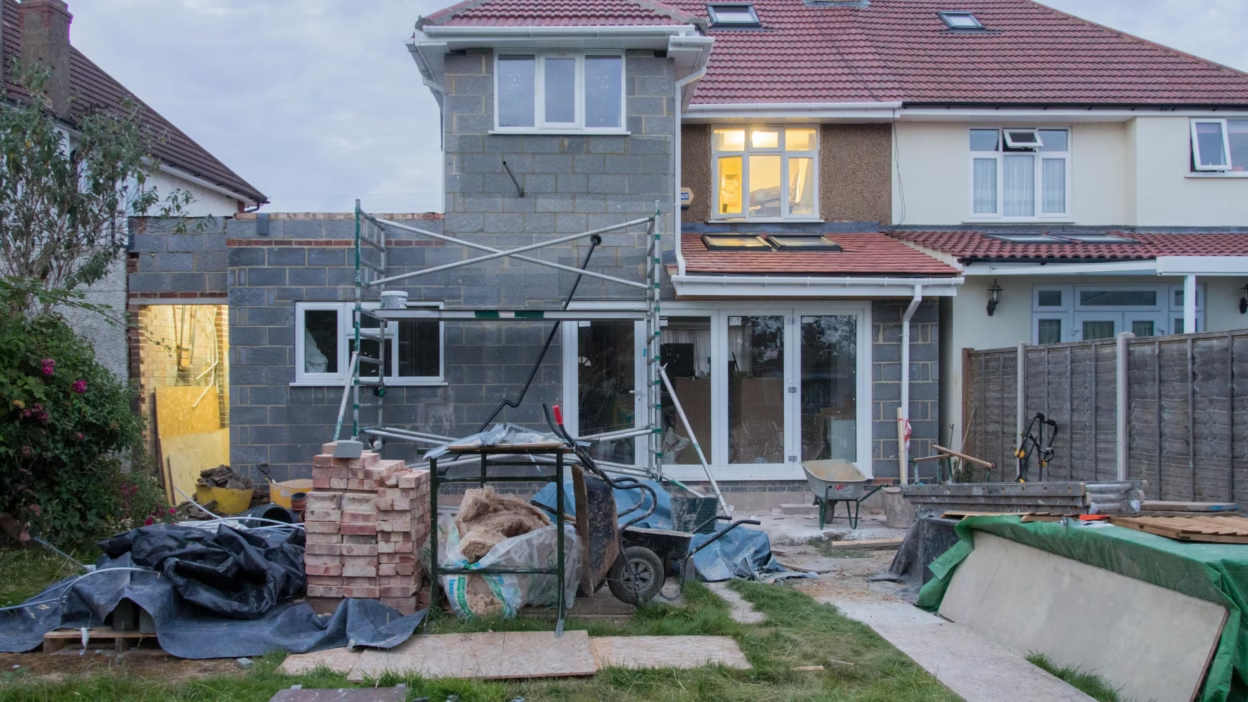Thinking about expanding your home in 2025? Whether it’s a new bedroom, a sunroom, or even a full second story, a home addition can completely transform your living space. But before you jump into construction, it’s essential to understand the real costs, hidden fees, and long-term return on investment (ROI).
In this guide, we’ll break down average home addition costs in 2025, compare different types of additions, highlight surprise expenses to watch out for, and share tips for saving money while boosting your home’s value.
Average Home Addition Costs in 2025
According to Angi, the average U.S. home addition costs between $21,000 and $83,000, but the price can be much higher depending on size, design, and location.
-
Cost per square foot: $125–$250
-
Bedroom addition: $20,000–$60,000
-
Bathroom addition: $25,000–$75,000
-
Kitchen expansion or bump-out: $30,000–$100,000
-
Second-story addition: $100,000–$250,000+
Pro tip: The larger and more complex the addition, the more you’ll spend on permits, structural changes, and labor.
Factors That Affect Home Addition Costs
When budgeting for a home addition in 2025, keep in mind these cost drivers:
-
Location & Labor Costs
Building in major metro areas (NYC, LA, Chicago) costs significantly more than rural or suburban locations. -
Materials & Finishes
Standard drywall and vinyl flooring will cost less than custom hardwood and granite countertops. -
Plumbing & Electrical Work
Adding a bathroom or kitchen drives costs higher due to utility connections. -
Design Complexity
A simple room extension costs far less than a multi-story addition with custom roofing. -
Permits & Inspections
Local permits can range from $500 to $5,000+, depending on your city.
Hidden Costs Homeowners Overlook
One of the biggest mistakes homeowners make is budgeting only for construction costs. Here are hidden expenses you’ll want to plan for:
-
Architectural/design fees – $2,000–$10,000
-
Foundation work – $5,000–$20,000 if expansion requires structural support
-
Demolition – $1,000–$5,000
-
Utility upgrades – Electrical panel or HVAC resizing
-
Temporary housing – If the project makes your home unlivable
Home Addition ROI: Does It Pay Off?
Not all additions deliver the same return on investment (ROI). According to HomeAdvisor:
-
Bathroom addition → 70% ROI
-
Bedroom addition → 50–65% ROI
-
Kitchen expansion → 60–80% ROI
-
Second story → High ROI, but most expensive upfront
If resale value is your top concern, focus on bathrooms and kitchens—they’re the biggest selling points for buyers.
Popular Types of Home Additions in 2025
1. Sunroom or Three-Season Room
-
Avg cost: $15K–$40K
-
Brings in natural light, great for relaxation or home office space
2. Garage Conversion
-
Avg cost: $10K–$30K
-
Adds 200–400 sq ft of livable space
-
Can be turned into an office, studio, or guest suite
3. Kitchen Bump-Out
-
Avg cost: $30K–$100K
-
Expands cooking/dining area without full addition
4. Second-Story Addition
-
Avg cost: $100K–$250K
-
Adds major square footage but requires strong foundation and structural engineering
Tips to Save Money on a Home Addition
-
Get at least 3 contractor quotes – Compare line items carefully.
-
Choose standard finishes – Upgrade later when budget allows.
-
Plan for future utilities – Oversize your electrical panel now if you’ll expand more later.
-
Build up, not out – Vertical additions may save yard space and foundation costs.
-
DIY small parts – Painting, flooring, and landscaping can be homeowner-friendly tasks.
Frequently Asked Questions (FAQs)
Q: How long does a home addition take in 2025?
A: Small bump-outs may take 2–3 months, while large additions (like a second story) can take 6–12 months.
Q: Do I need a permit for a home addition?
A: Yes. Almost all structural changes, plumbing, and electrical work require permits from your local city or county.
Q: Is it cheaper to remodel or add on?
A: Remodeling existing space is usually cheaper. But if you’re short on square footage, an addition adds more resale value.
Final Thoughts
Adding onto your home in 2025 can be one of the best investments you make—both in terms of lifestyle and property value. The key is to understand costs, prepare for hidden fees, and work with a reputable contractor who can guide you through the process.
Ready to start planning your addition? Check out trusted resources like Angi’s cost guide or HomeAdvisor to get real-world estimates.



